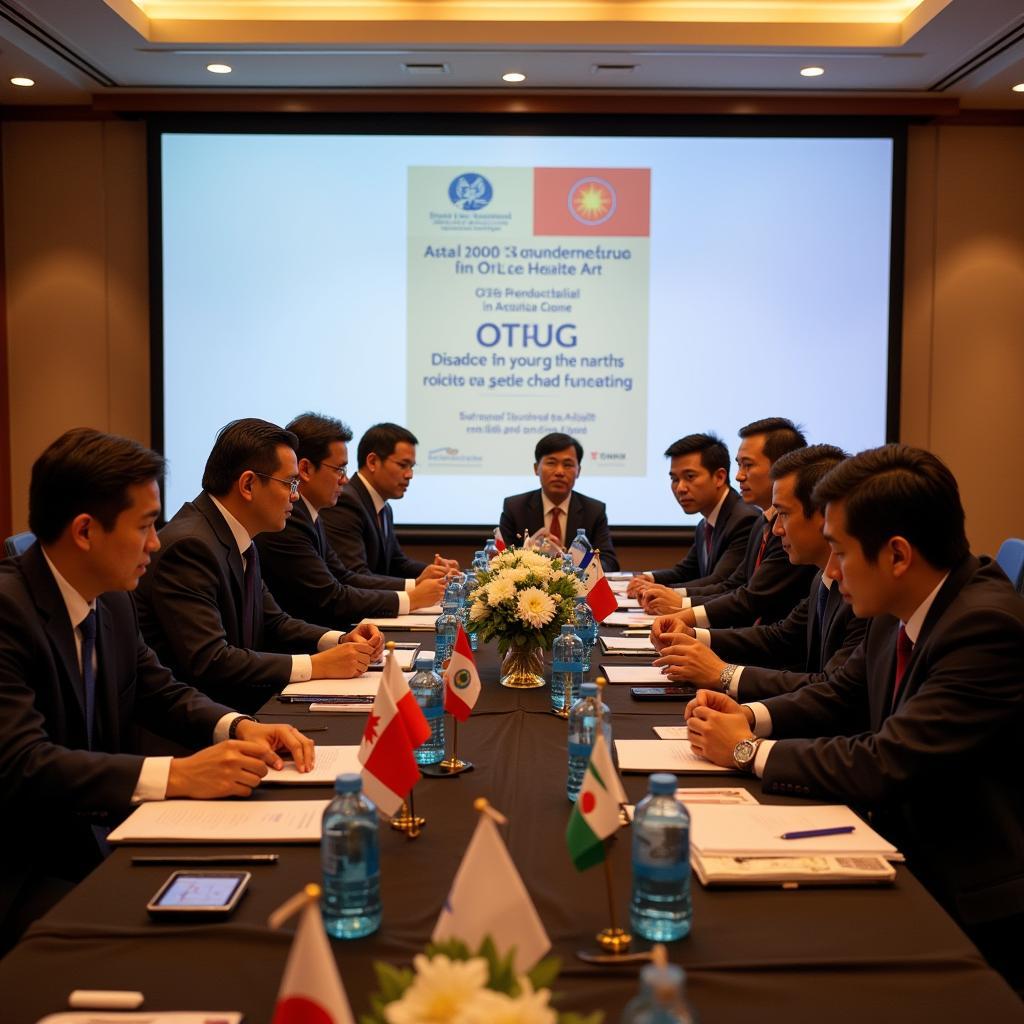The term “ASE” often refers to the ASEAN Economic Community (AEC), a pivotal pillar of the Association of Southeast Asian Nations (ASEAN). The AEC represents a significant step towards regional economic integration, aiming to create a single market and production base for the ten ASEAN member states. This article delves into the core principles, objectives, and impact of the AEC on Southeast Asia and the global stage.
The Vision Behind the ASEAN Economic Community
The ASEAN Economic Community envisions a dynamic and competitive region fully integrated into the global economy. Its primary goals revolve around:
- Creating a single market and production base: This involves the free flow of goods, services, investment, capital, and skilled labor within ASEAN.
- Enhancing competitiveness: The AEC seeks to improve the region’s attractiveness to foreign investors and boost the competitiveness of its industries.
- Promoting equitable economic development: It aims to reduce development gaps and ensure opportunities for all member states.
- Integrating ASEAN into the global economy: The AEC facilitates ASEAN’s participation in global trade and investment agreements.
Key Characteristics of the AEC
Several core elements define the ASEAN Economic Community:
- Free Trade Area: The AEC has effectively eliminated most tariffs on goods traded within ASEAN.
- Investment Facilitation: It strives to simplify investment procedures and create a more attractive environment for foreign direct investment.
- Free Movement of Skilled Labor: The AEC promotes the mobility of professionals and skilled workers within the region.
- Infrastructure Development: It emphasizes improving infrastructure connectivity to enhance trade and economic integration.
- Economic Cooperation: The AEC fosters collaboration among member states in various economic sectors.
Impact and Benefits of the AEC
The establishment of the ASEAN Economic Community has had a significant impact on Southeast Asia:
- Economic Growth: The AEC has contributed to sustained economic growth in the region, attracting foreign investment and boosting trade.
- Job Creation: The integrated market has generated new employment opportunities across various sectors.
- Consumer Benefits: Consumers enjoy a wider choice of goods and services at competitive prices.
- Regional Integration: The AEC has strengthened ties and cooperation among ASEAN member states.
“The ASEAN Economic Community is not merely about removing trade barriers; it’s about building a shared future for Southeast Asia based on prosperity, inclusivity, and sustainable development,” says Dr. Maya Kumar, a leading economist specializing in ASEAN affairs.
Challenges and Future Outlook
While the AEC has made remarkable strides, some challenges remain:
- Non-Tariff Barriers: Despite progress, non-tariff barriers and regulatory differences still hinder trade within the region.
- Implementation Gaps: Uneven implementation of AEC agreements across member states poses a challenge.
- Development Disparities: Addressing the development gap between member states remains crucial.
 ASEAN Economic Forum
ASEAN Economic Forum
Looking ahead, the AEC will continue to prioritize:
- Digital Economy: Harnessing the potential of the digital economy to drive growth and innovation.
- Sustainability: Integrating sustainability principles into economic activities.
- Inclusiveness: Ensuring equitable benefits and opportunities for all segments of society.
Conclusion
The ASEAN Economic Community represents a bold vision for regional economic integration in Southeast Asia. While challenges remain, the AEC has significantly boosted economic growth, fostered collaboration, and positioned ASEAN as a key player in the global economy. As ASEAN continues to deepen integration and address existing challenges, the AEC will play an increasingly pivotal role in shaping the region’s future.
For further insights into ASEAN and related topics, explore these resources:
- ASE Dry Park Check
- What is a ASE Certification
- Ano ang Nilalaman ng Asean Summit
- Ano ang Layunin ng Asean 2015 Integration
- What is the Purpose of the ASEAN
Need assistance or have questions about ASEAN?
Contact us:
Phone: 0369020373
Email: [email protected]
Visit us:
Thôn Ngọc Liễn, Hiệp Hòa, Bắc Giang, Việt Nam
Our dedicated customer support team is available 24/7 to assist you.


